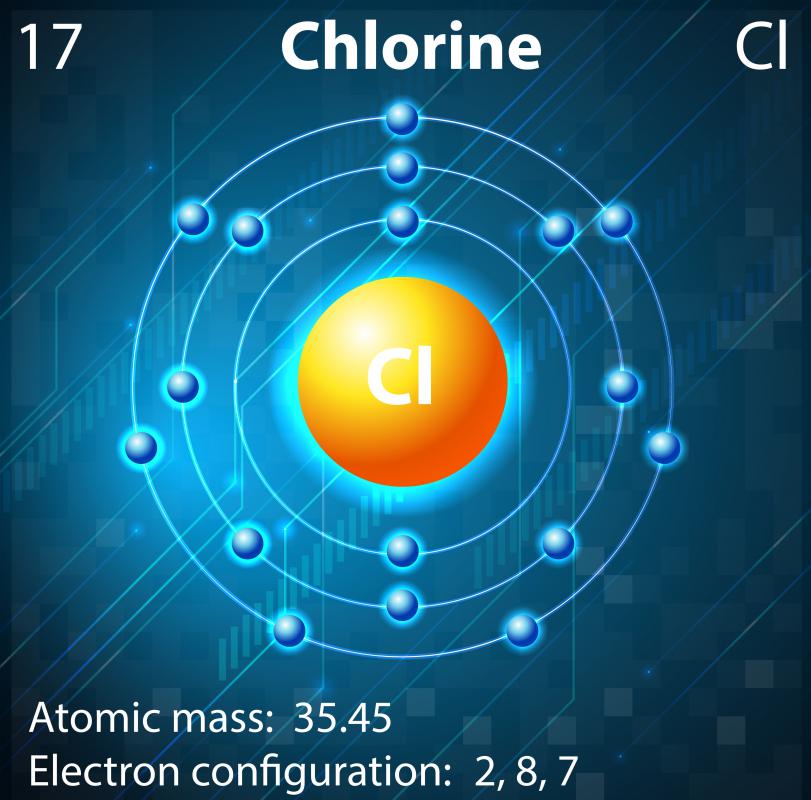At WiseGEEK, we're committed to delivering accurate, trustworthy information. Our expert-authored content is rigorously fact-checked and sourced from credible authorities. Discover how we uphold the highest standards in providing you with reliable knowledge.
What Are the Different Types of Combustion Products?
Combustion, defined as the rapid oxidation of a substance accompanied by a high temperature and usually a flame, can produce a number of different products, depending on the materials available in the reaction. The products of clean combustion between a hydrocarbon and oxygen are carbon dioxide (CO2), water (H2O) and energy. Incomplete, dirty or partial combustion also can form carbon monoxide (CO), free carbon or soot, nitrogen oxides, hydrogen cyanide (HCN) and ammonia (NH3).
The combustion products of clean combustion include CO2, H2O and energy. No other gases or solid particulates are formed as combustion products in this type of reaction. The following balanced reaction is that of propane, which is an alkane, reacting with oxygen:
C3H8 + 5 O2 → 3 CO2 + 4 H2O

When a combustion reaction takes place in an oxygen-deprived environment, different combustion products can be made. Free carbon, more commonly known as soot, and carbon monoxide are produced along with CO2, H2O, and energy. The formation of soot as a combustion product is the reason why incomplete combustion also is known as dirty combustion. In the chemical industry, gasifiers burn flammable materials in oxygen-deprived environments to produce synthesis gas, which consists of hydrogen and carbon monoxide. Outside of chemical industries, incomplete combustion often occurs in internal combustion engines and poorly ventilated furnaces.

Oxygen from the air is the most common source of oxygen for most combustion reactions. Air is mostly composed of nitrogen, however, and during combustion, nitrogen is capable of producing a number of its own combustion products. Nitrogen oxide gases, often referred to as NOX gases, can be formed in a combustion reaction. The most common NOX gas is the toxic nitrogen dioxide (NO2). Ammonia (NH3) and the lethal hydrogen cyanide (HCN) also may be formed.

Halogens, sulfur and phosphorous also may produce their own combustion products. Halogens such as chlorine can react with free-radical hydrogen to form chemicals such as hydrogen chloride (HCl). Sulfur can produce the toxic and foul-smelling chemicals sulfur dioxide (SO2) and hydrogen sulfide (H2). When phosphorous is present in a combustion reaction, it produces phosphorous pentoxide (P2O5) as a white solid particulate.
The tendency of a hydrocarbon fuel to favor clean or dirty combustion products can be estimated by examining the heat output potential of the reaction and the energy necessary to initiate the reaction. Increasing the heat output potential increases the tendency of the fuel to undergo incomplete combustion. Propane, which doesn't require much energy to initiate combustion, tends to burn cleanly. Aromatic compounds such as benzene and toluene, on the other hand, tend to produce a lot of soot when burned.
AS FEATURED ON:
AS FEATURED ON:













Discuss this Article
Post your comments